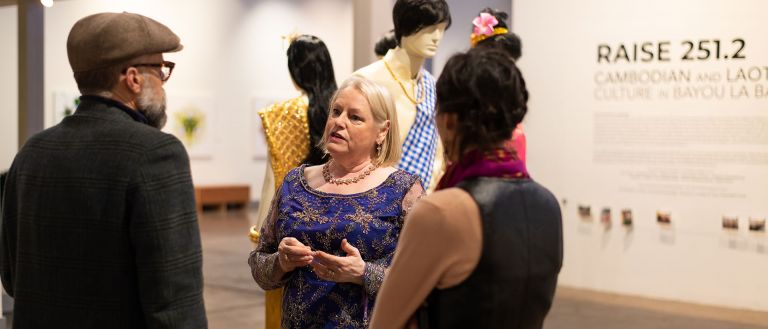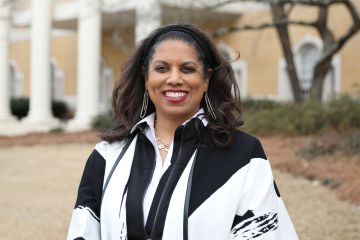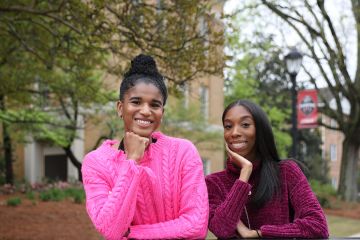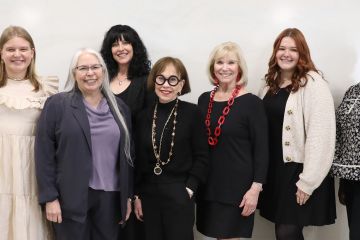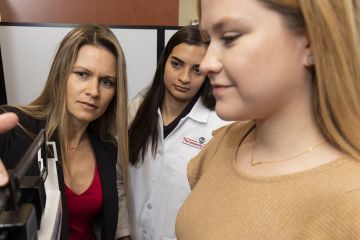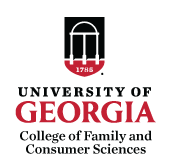Enhancing Coastal Communities
Denise Lewis likely won’t ever forget one of her first trips to Cambodia.
She spent it in a municipal dump in Phnom Penh, conducting research on families who scavenged the area for goods to resell during the height of an HIV epidemic that was ravaging the country.
An assistant professor at the time, the experience deeply affected Lewis and further emboldened her passion for the people of the impoverished country in southeast Asia.
“It was eye opening,” she said, “and it made me realize that never in my life have I been hungry. It was one of the most amazing, horrifying things I’ve ever done in my life.”
Lewis and a team of UGA researchers and students are now in the second year of a three-year, $3 million grant from the National Academies of Sciences, Engineering and Medicine and the Robert Wood Johnson Foundation aimed at enhancing resilience among the Cambodian and Laotian people who have settled along the Alabama coast.
Nearly 4,000 Cambodian and Laotian people live in the area of south Mobile County, re-settled there largely in pursuit of jobs in the seafood industry after fleeing the brutal Khmer Rouge regime of the late 1970s.
Lewis and her team are working to determine how individual, family and community-level strengths and vulnerabilities contribute to community health and how individuals utilize services to respond to environmental stressors and disasters.
Researchers have made tangible progress, holding health and wellness fairs, helping leaders write a community development grant to improve infrastructure and promoting job training programs and other available resources.
One of the highlights for Lewis was the community-wide “PhotoVoice” exhibit in the spring that highlighted the rich cultural traditions of Cambodia. The event featured dancers, musicians and photos celebrating Cambodian and Laotian culture.
For Lewis, who fell in love with the Cambodian people as a non-traditional college student more than two decades ago, it has been rewarding to see challenges being addressed, partnerships formed and community pride slowly being restored.
“They’re proud now,” she said. “They’re less willing to accept that they are a poor southeast Asian group or the invisible group. They’re much more willing to be proud of who they are, and that pride translates into a lot of things.”

